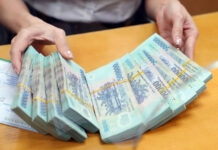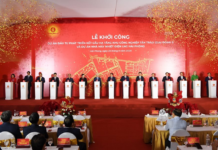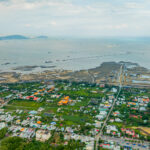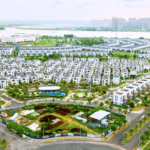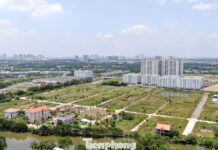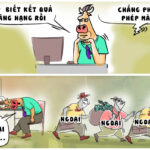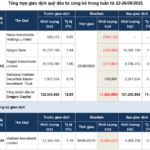The Ho Chi Minh City Department of Construction has submitted a report to the Ministry of Construction and the Ho Chi Minh City People’s Committee regarding the implementation of Directive 157/CĐ-TTg by the Prime Minister and Directive 06/CT-BXD by the Minister of Construction. These directives pertain to the management and protection of road infrastructure.
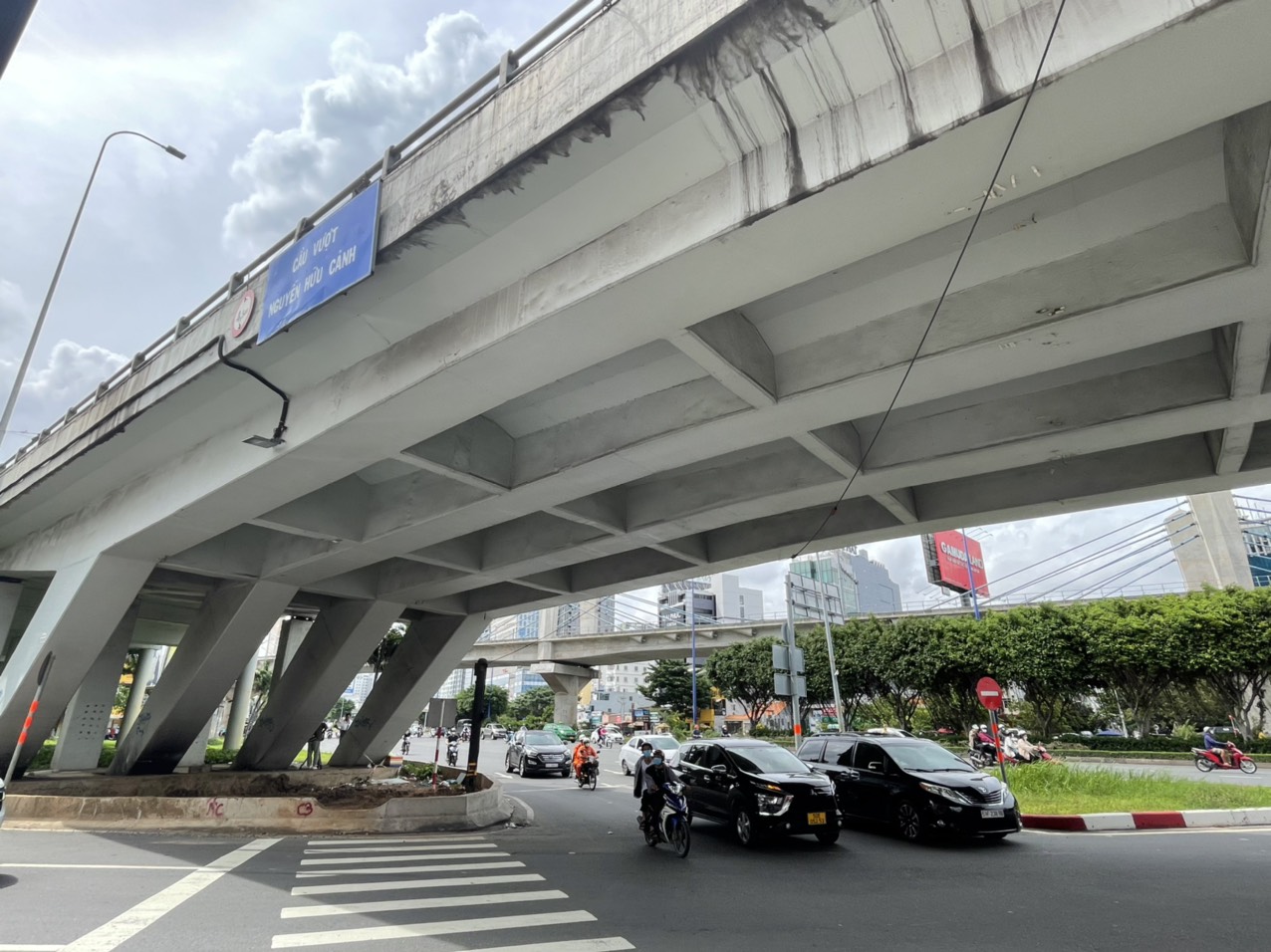
Ho Chi Minh City proposes utilizing underpasses for parking lots and sports fields to meet public needs while ensuring safety and fire prevention.
Following its expansion, Ho Chi Minh City now spans over 6,770 km² with a population of approximately 14 million. It has formed a regional structure comprising the core urban area, Ba Ria – Vung Tau, and the former Binh Duong province.
The city’s urban infrastructure is well-developed, featuring major roads, ring roads, metro lines, and overpasses. However, issues such as overcapacity and a lack of lateral connections persist.
The urban rail network has recently inaugurated nearly 20 km of Line 1 and is preparing to commence construction on the 11 km Line 2, slated for completion by 2032.
Regarding road infrastructure, the total length of roads exceeds 24,700 km, including 1,569 bridges. Some projects have yet to be handed over to state management. While efforts to protect road infrastructure have been comprehensive, illegal encroachment and misuse of underpasses continue to occur.
Five bridges have been identified with violations. Him Lam Bridge’s underpass is occupied for residential purposes, storage, and unauthorized parking. Rach Ong Bridge is cluttered with motorcycles, electrical wires, and telecommunication cables. Lo Gom Bridge has been turned into a storage site for construction materials and waste.
The Department of Construction confirms that Ho Chi Minh City has not issued permits for parking operations under bridges. Currently, the city temporarily manages parking on 20 streets in Districts 1, 5, and 10, providing 879 parking spaces. However, only 0.5% of the 550 ha planned for parking under Decision 568/QĐ-TTg (2013) has been implemented, equivalent to 2.69 ha.
The primary challenge is the high demand for parking coupled with limited land allocation for static traffic, compounded by land clearance issues. Additionally, the city lacks community spaces, particularly sports facilities for youth.
The Department of Construction suggests that utilizing underpasses for parking or sports fields could address immediate public needs. However, this proposal does not align with current legal regulations.
The Department recommends that the Ministry of Construction petition the National Assembly and the Government to amend the Road Traffic Law and Decree 165/2024/NĐ-CP. This would enable provincial authorities to utilize underpass spaces for public purposes, provided that safety, fire prevention, and traffic order are maintained.
Vinhomes Can Gio Mega-Project Attracts Flood of Brokers, Investors; Hotels Fully Booked, Surrounding Land Prices Surge
Spanning nearly 2,900 hectares and backed by a $10 billion investment, Vinhomes Green Paradise Can Gio is not just impressive in scale—it’s a project surging ahead at lightning speed. Hundreds of barges, trucks, and cranes are hard at work, with many areas already taking shape and road construction underway.
Grand Opening of VPS Saigon Transaction Office
Elevating its leadership position, VPS Securities Joint Stock Company (VPS) proudly unveils its Saigon Trading Floor—a cutting-edge, modern space designed to redefine investor experiences and empower Southern region investors in their pursuit of new heights.
Saigon Marina IFC: Pioneering Ho Chi Minh City’s Rise as a Global Financial Hub
As Vietnam aims to establish Ho Chi-Minh City as the region’s financial hub, the demand for world-class infrastructure has become imperative. Saigon Marina IFC emerges as a catalyst to realize this ambition, serving as both a destination for financial institutions and a new architectural landmark for the city.






